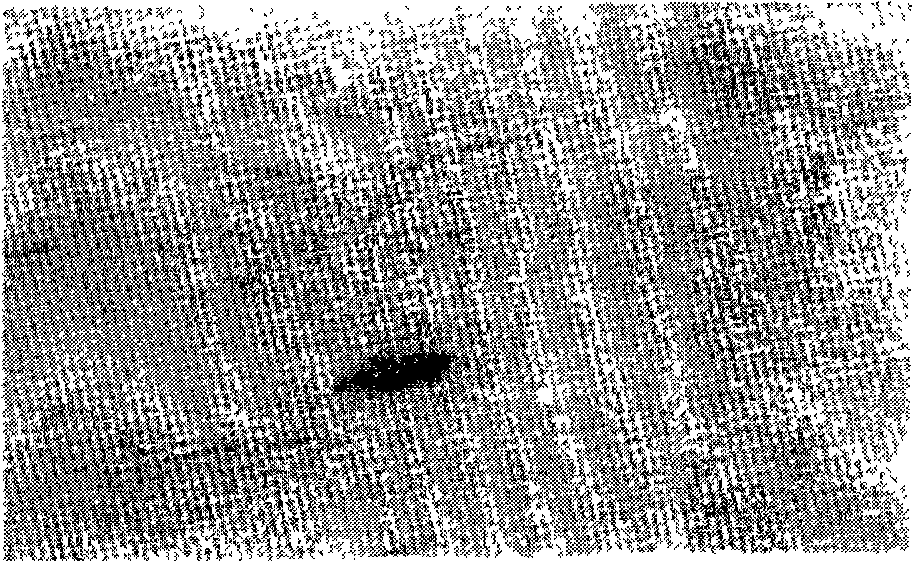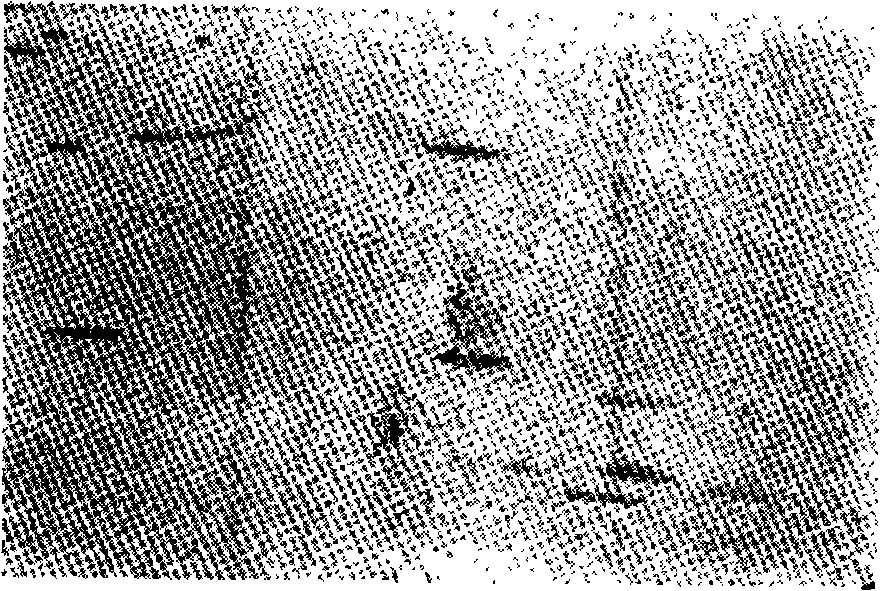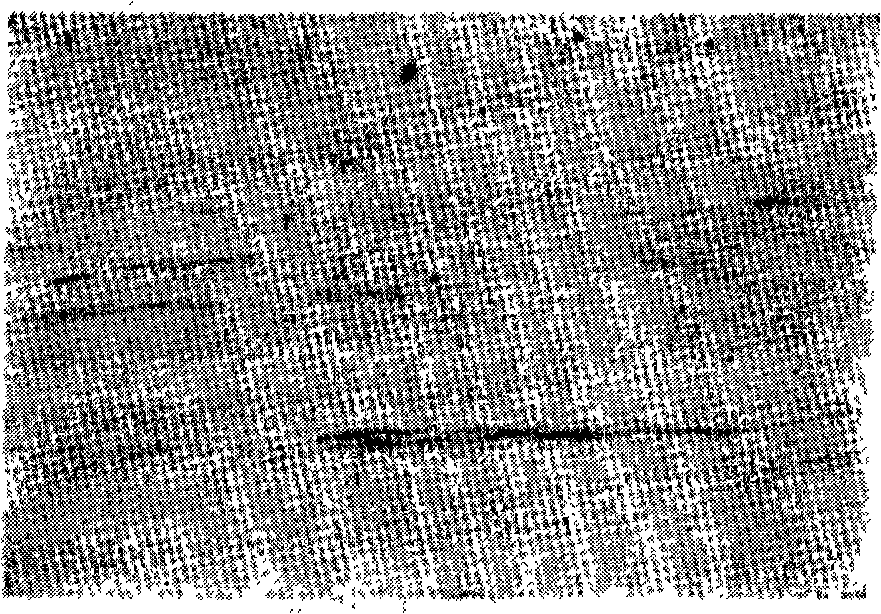Homogeneous free machining steel and production process thereof
A free-cutting steel and production method technology, applied in the field of iron and steel smelting, can solve the problems of reduced machinability, uneven distribution of inclusions, low chip breaking rate, etc., to reduce oxide inclusions, improve hot workability, and reduce solidification segregation. Effect
- Summary
- Abstract
- Description
- Claims
- Application Information
AI Technical Summary
Problems solved by technology
Method used
Image
Examples
Embodiment 1
[0029] 1. Melt scrap steel in an electric furnace, blow oxygen to remove carbon and dephosphorize, make the oxygen content reach 500-1000PPm, and control the tapping temperature at 1630-1650°C;
[0030] 2. Transfer the molten steel from the previous step to the refining ladle for microalloying. According to the requirements for S content in the product, add FeS first, and then add Fe-Mn according to the S content in the molten steel at a Mn / S ratio of 3.49 ;
[0031] 3. Stir with argon for reduction, further make the elements in the steel more uniform, and make the inclusion of sulfide more uniform;
[0032] 4. Use firebricks to make slag, and firebricks contain Al 2 o 3 About 40%, SiO 2 About 60%, S in stable steel does not fluctuate;
[0033] 5. Use calcium carbide to deoxidize instead of Al and Al compounds to reduce Al 2 o 3 and the number of AlN inclusions, and further stabilize the ratio of Mn / S;
[0034] 6. Precisely control the ratio of Mn / S at 3.49 to ensure th...
Embodiment 2
[0051] 1. Melt scrap steel in an electric furnace, blow oxygen to remove carbon and dephosphorize, make the oxygen content reach 500-1000PPm, and control the tapping temperature at 1630-1650°C;
[0052] 2. Transfer the molten steel from the previous step to the refining ladle for microalloying. According to the requirements of the S content in the product, add FeS first, and then add Fe-Mn according to the S content in the molten steel according to the Mn / S ratio of 3.54 ;
[0053] 3. Stir with argon for reduction, further make the elements in the steel more uniform, and make the inclusion of sulfide more uniform;
[0054] 4. Use firebricks to make slag, and firebricks contain Al 2 o 3 About 40%, SiO 2 About 60%, S in stable steel does not fluctuate;
[0055] 5. Use calcium carbide to deoxidize instead of Al and Al compounds to reduce Al 2 o 3 and the number of AlN inclusions, and further stabilize the ratio of Mn / S;
[0056] 6. Precisely control the ratio of Mn / S at 3....
Embodiment 3
[0073] 1. Melt scrap steel in an electric furnace, blow oxygen to remove carbon and dephosphorize, make the oxygen content reach 500-1000PPm, and control the tapping temperature at 1630-1650°C;
[0074] 2. Transfer the molten steel from the previous step to the refining ladle for microalloying. According to the requirements of the S content in the product, add FeS first, and then add Fe-Mn according to the S content in the molten steel according to the Mn / S ratio of 3.47 ;
[0075] 3. Stir with argon for reduction, further make the elements in the steel more uniform, and make the inclusion of sulfide more uniform;
[0076] 4. Use firebricks to make slag, and firebricks contain Al 2 o 3 About 40%, SiO 2 About 60%, S in stable steel does not fluctuate;
[0077] 5. Use calcium carbide to deoxidize instead of Al and Al compounds to reduce Al 2 o 3 and the number of AlN inclusions, and further stabilize the ratio of Mn / S;
[0078] 6. Precisely control the ratio of Mn / S at 3....
PUM
 Login to View More
Login to View More Abstract
Description
Claims
Application Information
 Login to View More
Login to View More - R&D
- Intellectual Property
- Life Sciences
- Materials
- Tech Scout
- Unparalleled Data Quality
- Higher Quality Content
- 60% Fewer Hallucinations
Browse by: Latest US Patents, China's latest patents, Technical Efficacy Thesaurus, Application Domain, Technology Topic, Popular Technical Reports.
© 2025 PatSnap. All rights reserved.Legal|Privacy policy|Modern Slavery Act Transparency Statement|Sitemap|About US| Contact US: help@patsnap.com



